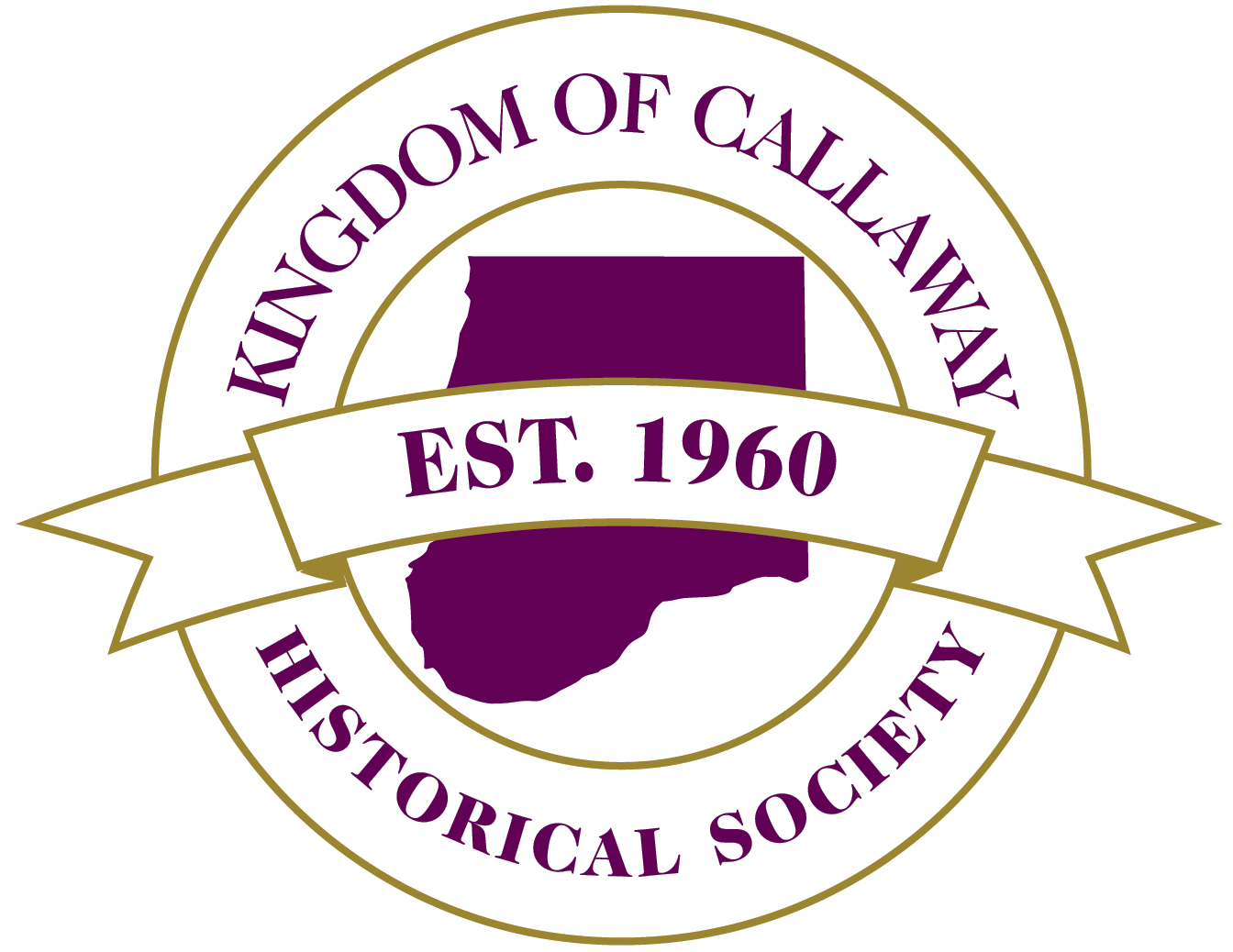Synodical College
The Rev. William W. Robertson, minister of the Fulton Presbyterian Church and sometimes referred to as “the father of Westminster College”, also advocated for the education of girls. In 1850, Robertson announced the April 14 opening of the Fulton Female Academy. The proposed curriculum consisted of three 20 week terms to be taught by Rev. and Mrs. N. Dauber and Robertson himself. He anticipated that it would take “at least” three years to complete the full program. Costs increased by $2 each year from $8 for the first class to $12 for the third. Although only 16 young ladies attended classes the first term, in later years, enrollment averaged 125 students who came from throughout Missouri and even from neighboring states. The Fulton Female Academy (or Seminary as it was also called) closed during the Civil War and did not reopen.
In 1869, the Synod of the Missouri Presbyterian Church, adopted a resolution asserting “the necessity of founding and endowing a college for the education of the Presbyterian daughters of Missouri” that would be of equal quality to Westminster. At its 1871 meeting, the Synod accepted the offer from Fulton and Callaway County of $16,500 in cash subscriptions and four acres of land donated by Daniel M. Tucker. Although agreeing that a new college for women would be built there, the Synod did not agree to endow the school, only to supervise it.
In 1872, construction began on the first of three buildings that would ultimately make up the campus. Built on the west side of the donated property and designed by M.F. Bell, the four story brick structure cost about $25,000 including the furnishings and was completed in time to welcome the inaugural class of students in the fall of 1873.
The first catalog published for 1874-75 noted six faculty members and 81 students. The college recruited young ladies throughout the Midwest; an 1894 advertisement touted “the strict attention given to elegant deportment and high Christian principles” as well as “handsomely furnished rooms” and the opportunity to take music and art classes including china painting. The city of Fulton was even celebrated for its “pure” air and water! That year board and tuition cost $100 with extra fees for music and art courses.
By the early 20th century, the boarding program was sufficiently robust to merit construction of East Hall, a new dormitory completed in 1913 and shown on the right side of this week’s postcard. After 1916, the University of Missouri recognized the two years of instruction available at Synodical College as a standard junior college curriculum. In 1925, the Synod began exploring the possibility of expanding the college program to four years, but before much planning had occurred, the college closed in 1928 due to lack of funds.
Around 1930, after significant renovations to West and East Halls, the Seminole Hotel occupied the site until the 1950s. It is currently the Seminole Apartments.
The name of both the hotel and apartments harkens back to the Synodical College yearbook, The Seminole, and the nickname “Semmies” often bestowed on the young ladies who received an education there.

